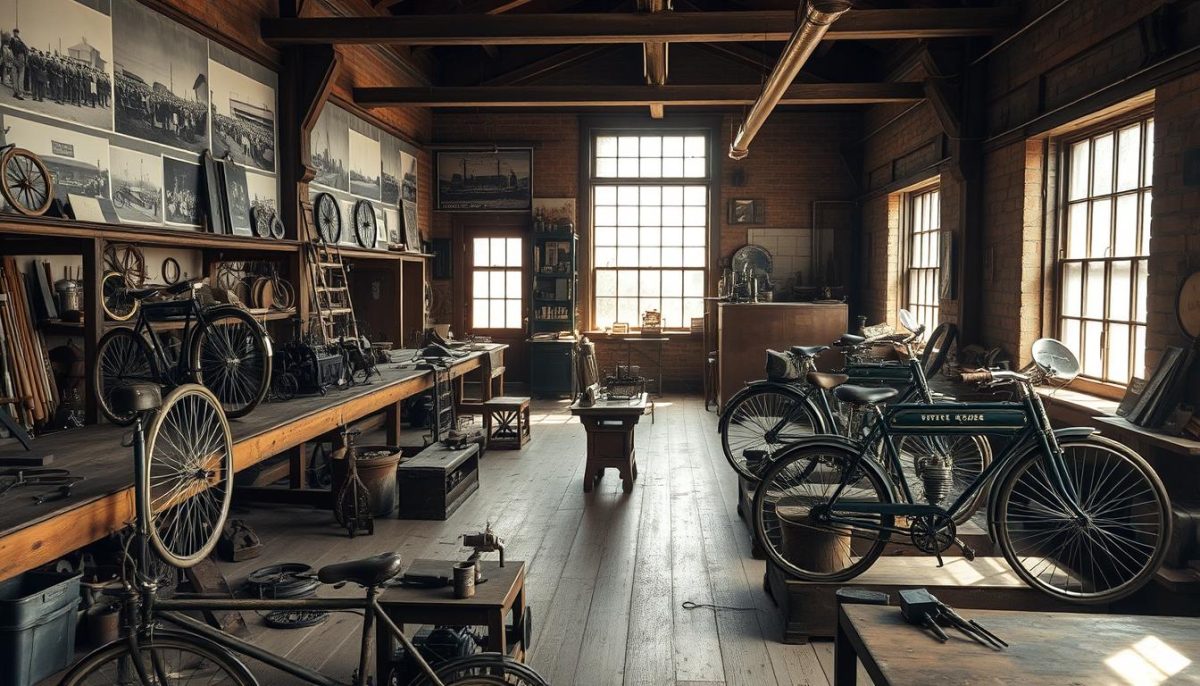The Lewis Cycle and Motor Works 1900 – 1907
The Lewis Cycle and Motor Works was a pivotal player in the evolution of Australian motor manufacturing between 1900 and 1907. Established during the dawn of the automotive era, the company significantly impacted early automotive history by making motor vehicles more accessible to the general public. This commitment to quality and affordability not only strengthened the local economy but also set a blueprint for future developments in the Australian automotive landscape. As we explore the journey of the Lewis Cycle and Motor Works, it becomes evident that this company’s innovative spirit shaped the trajectory of motor production in Australia during its formative years.
Introduction to The Lewis Cycle and Motor Works
The Lewis Cycle and Motor Works holds a significant place in Australia’s automotive history. Established in 1900, the company’s founding history marks a pivotal time in the evolution of Australian motor vehicle production. The Lewis brothers, Arthur and William, originally focused on bicycle manufacturing, which set the stage for their transition into the early motor company sector as they recognized the growing demand for automobiles.
The Founding of The Lewis Cycle and Motor Works
The Lewis Cycle and Motor Works foundation was built on the brothers’ expertise in cycles, allowing them to pivot to innovative motor design. This shift embodied a new era of early automobile production in Australia, leading to advancements that would become foundational in the country’s automotive industry.
Innovative Beginnings in Motor Manufacture
Innovative motor design characterized the company’s initial offerings. Lewis Cycle innovations focused on creating lightweight, affordable automobiles specifically catered to the Australian market. By utilizing locally available materials and unique production techniques, the company distinguished itself from its competitors, establishing a reputation for quality and ingenuity.
Influence on Australian Automotive Industry
The impact of the Lewis Cycle and Motor Works on the automotive industry extended beyond its own production lines. By fostering a culture of innovation and competition, the company played a crucial role in shaping the landscape of Australian motor vehicle production. The legacy of Lewis Cycle continues to inspire automotive engineers and manufacturers, encouraging national pride in local craftsmanship.

The Lewis Cycle and Motor Works 1900 – 1907
During the years 1900 to 1907, The Lewis Cycle and Motor Works emerged as a notable player in the automotive landscape by producing several key models that responded to the growing demand for early automobiles. The Lewis Cycle product range included innovations that appealed to consumers seeking reliable transportation options.
Key Models Produced During This Period
The company’s offerings during this time exemplified the push towards modern automotive design. Noteworthy models such as the Lewis 1903 and 1905 touring cars highlighted the company’s commitment to quality and performance. Each vehicle boasted reliable engines and functional designs tailored to meet the needs of Australian consumers. The incorporation of local materials and engineering solutions contributed to their durable performance on varied terrains.
Technological Advances and Production Techniques
The Lewis Cycle and Motor Works embraced automotive technology advancements that revolutionized their manufacturing processes. By implementing assembly line techniques, the company enhanced its efficiency, allowing for cost reductions in production. Lewis Cycle technological innovations, particularly in engine design, led to improved fuel efficiency and vehicle performance. This era marked significant progress in production techniques, influencing other automotive manufacturers throughout Australia.
Challenges Faced by The Lewis Cycle and Motor Works
Despite these advancements, challenges in manufacturing were prevalent. The company faced competition from established overseas manufacturers, which posed threats to its market share. Fluctuating material costs and limited access to advanced technology used by larger companies amplified early automotive obstacles. These challenges prompted The Lewis Cycle and Motor Works to develop adaptive strategies, ultimately framing the company’s approach to endure the struggles characteristic of the evolving automotive industry.

Legacy and Impact of The Lewis Cycle and Motor Works
The legacy of Lewis Cycle and Motor Works is a poignant chapter in the narrative of the Australian automotive industry, highlighting the potential of local manufacturing. Established during a time of burgeoning interest in motor vehicles, the company set a precedent that demonstrated not only the viability of producing automobiles in Australia but also sparked a cultural shift towards embracing homegrown innovations. This pioneering spirit resonated throughout the industry, inspiring future ventures and shaping the framework for automotive development in the years to come.
Innovations introduced by The Lewis Cycle were instrumental in laying the foundation for other automotive manufacturers. The company’s early models showcased not only technical ingenuity but also a commitment to quality that would influence the standards of the industry. The impact on automotive history is undeniable, as the lessons learned during this formative period continue to inform best practices within modern manufacturing processes across Australia.
The Australian manufacturing legacy created by The Lewis Cycle is a testament to the importance of innovation and resilience. Even as the company faced various challenges throughout its operational years, its contributions to automotive design and production remain relevant today. By nurturing the spirit of local industry, The Lewis Cycle and Motor Works has left an indelible mark on Australia’s automotive landscape, inspiring generations of manufacturers to pursue their passions and expand the boundaries of what is achievable in the realm of transportation.

